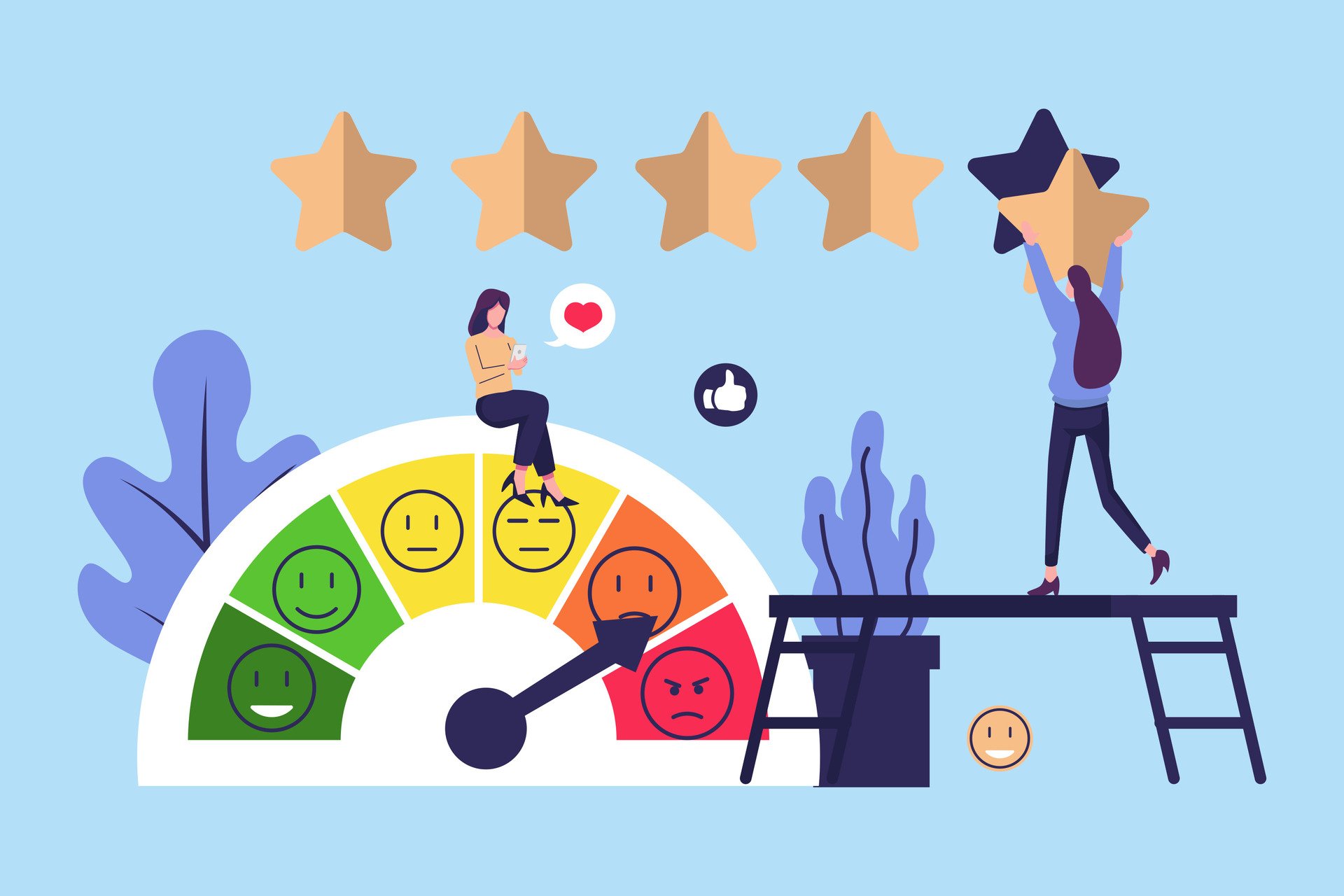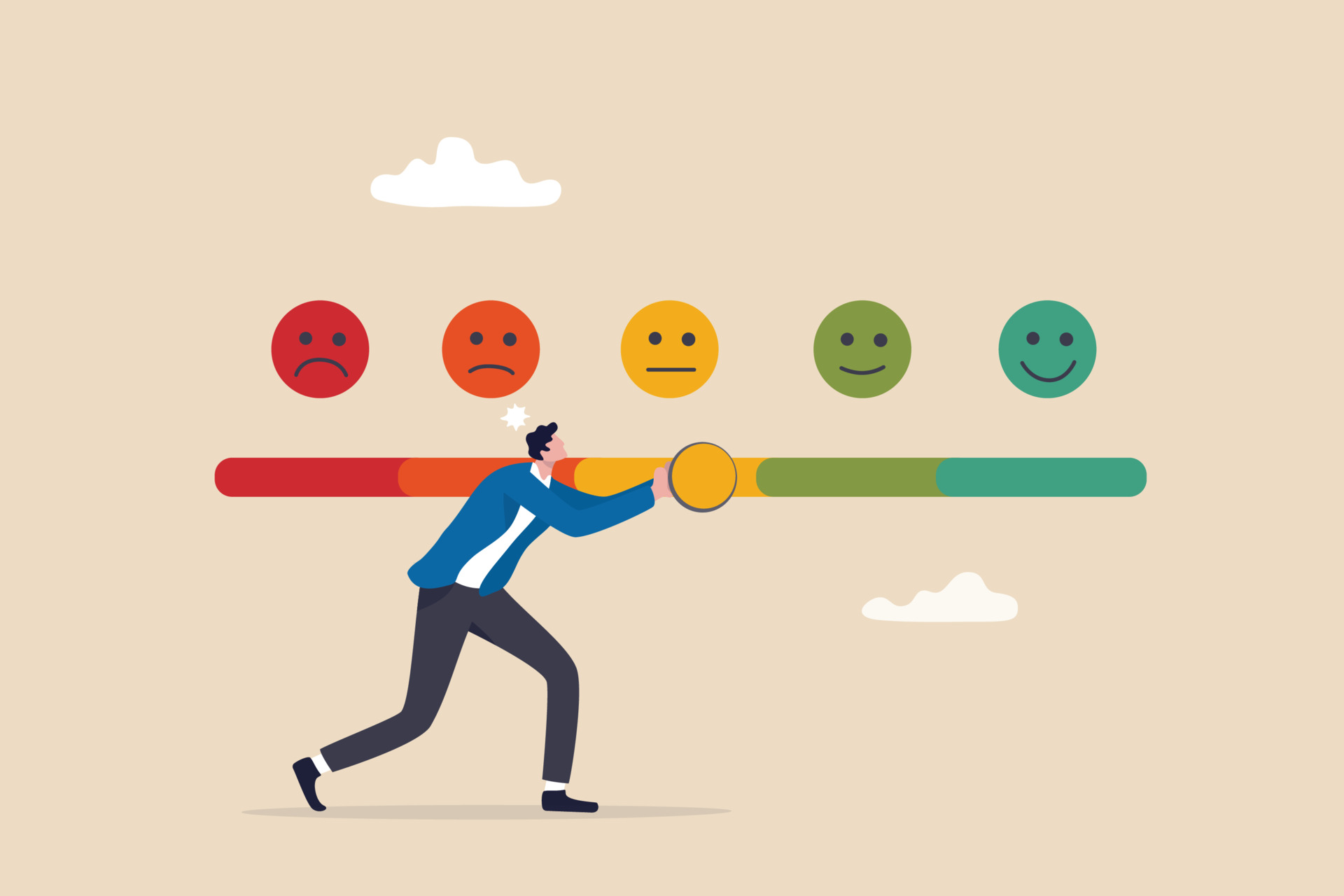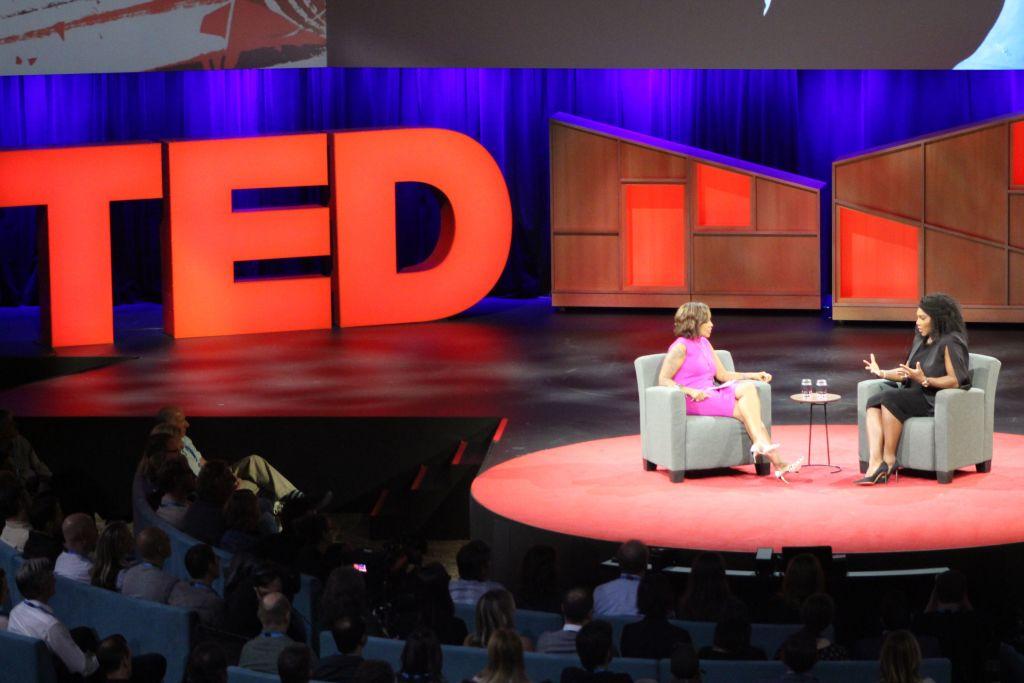From selling to relationship building: Here is how your team behaves.
It’s easy to get caught up with the technical side of getting your product ‘out there’: AdWord campaigns, CPC, and cold email campaigns. It’s all about the numbers and how we can improve them. Interestingly, the best method has nothing to do with the numbers at all. In some of the highest performing companies, you’ll see an aspect that can only be measured by customer retention: a strong relationship with an audience.
Your customers are your biggest advocates.
That’s why relationships building is so important for your company!
No one can promote you in a more authentic and effective way. A lead is 4x more likely to be a converted sale if they are referred to you from a peer.
It’s so much more beyond product now. Stating your product and what it does over and over and over again (and paying to do so) is the wrong approach to selling.
Social media has taken corporations, small companies, and sole proprietors alike, and given them a face, name, personality, and two-way communication channel like an individual. This used to be a competitive advantage for companies that put effort into developing a brand.
Relationships building with customers is not “recommended” anymore, it’s mandatory!
We’re past the “anything for a close” type of selling mindset.
Not only is relationship-oriented selling the expectation, but it’s what leads to the results your sales and marketing team want.
How do you take your team’s mindset from advertising and “close” selling to relationship marketing? Here are a few ways that work for small startups and big companies alike.
Automate for scale but follow-up with something personal
We’re all about automation and can’t imagine how sales/marketing in the past operated without it. But we’re definitely losing something as well, especially if you’re a large company. Consumers know when you’ve automated your entire process and they’re starting to really not like it. Startups that have had to continue doing things personally for budget reasons are actually coming out on top because they’re winning over customers better than the big guys. Yes, automation helps you keep up where you couldn’t otherwise with your current resources and it’s a godsend at times. But make it a point to get in touch personally at some point with at least your top 20% of leads/customers. This is a small gesture that will go a long way. Not only will you learn more in a two-way conversation but your company will become personified to leads. A good rule of thumb is to have two automated emails to leads and then a personal follow-up to anyone who displays a certain level of interest.

Ask for feedback and do something with it
How many times are you asked to submit a survey or send in an email to a company and expect a response? Likely, not often. It’s actually more surprising if a real human does respond to you and acknowledge your feedback as a customer. Data is brilliant but it doesn’t tell the whole story. Only your customers can do that. So ask them! Ask them what they’re looking for if they’re new or what they’d like to see more of if they’re not. Make sure you act on their feedback and acknowledge it in a personal way. It will shock them in the best way. Whether this is sending an email after receiving a survey or rating response or chatting live with a chatbot, your customers should know they’ve been heard. Try Beamer to better show your customers how you’re improving the product and better engage them. Beamer is an easy way to notify your users – directly on your app – about new features, improvements and news. Little details like this help build a relationship with customers and potential customers.
Provide solutions and answers, not just products
Your customers aren’t looking for a product. They’re not sitting down typing in your brand name to find your specific product (yet). They’re searching for the answer to a question or a solution to a problem they’re experiencing. It’s your job to link your brand name and voice to the solution for them. That’s what your content, your user interface, and your marketing/sales efforts should be focused on. When your customers and leads see that your goal is to help them, you become an authoritative “go-to” not just for them, but for anyone with the problem your product solves. So focus on being the helpful friend rather than the annoying serial-emailer.

Relationship selling is so intuitive but we’ve all been programmed as sales and marketing professionals to be so not intuitive anymore. We need to get back to the basics of human communication to make the lasting impressions with our real human customers that will propel our brand, and consequently, sales forward.




